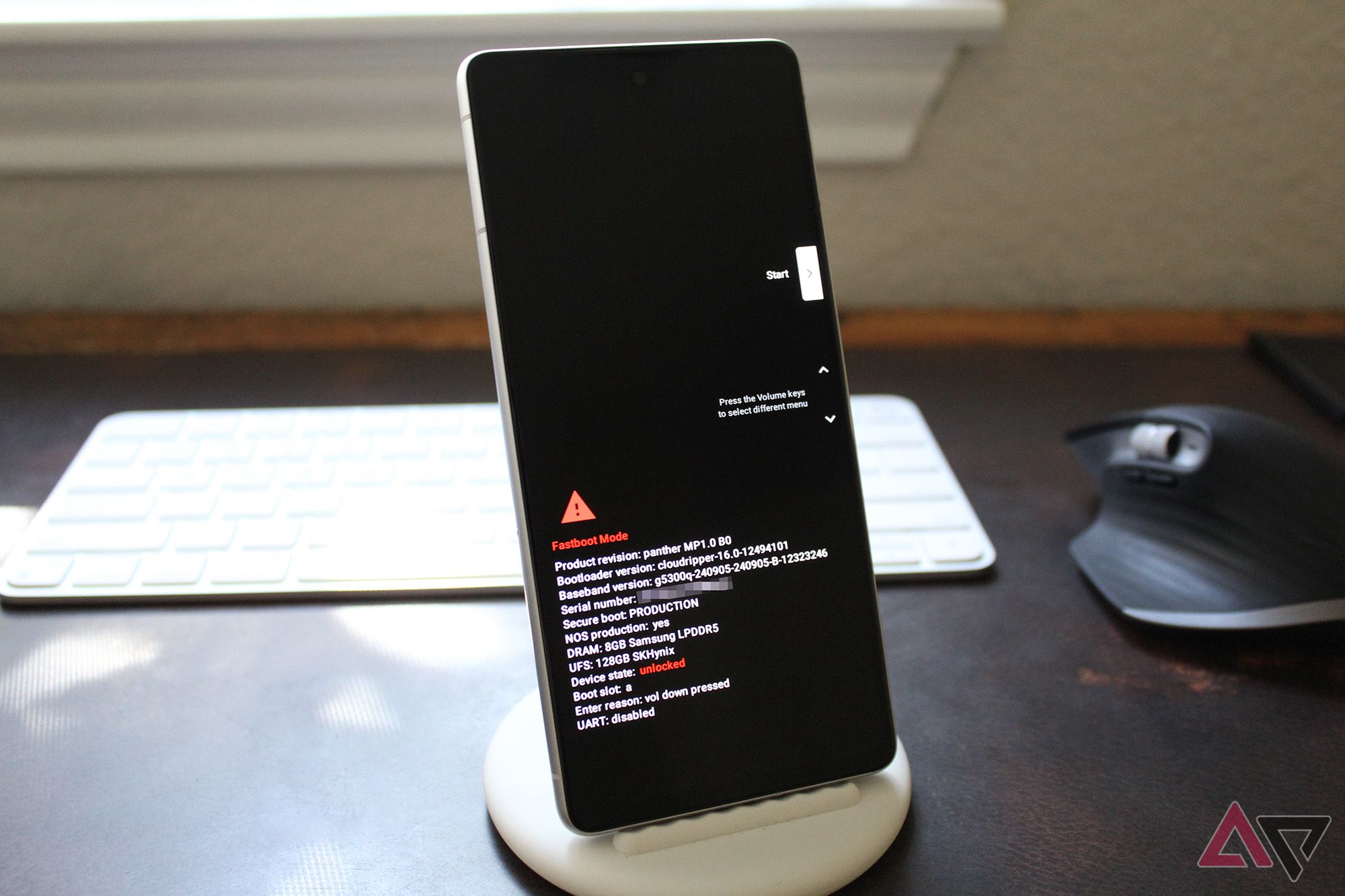[…]A year after introducing waiting periods and a cumbersome community participation and request system, it’s slashed bootloader unlock allowances to just one device per user, per year[…]
Historically, manufacturers have let buyers unlock that access and customize what software their phones run. Notable exceptions in the US have, for the most part, only included carrier-specific phone variants.
Unlocking a Pixel smartphone, for example, requires adjusting a couple of settings and installing a couple of well-known tools. Then you’re ready to purge locked software or install a new launcher. Roughly a year ago, Xiaomi introduced a policy limiting users to three unlocked devices per account, providing only a limited time window for unlocking, and demanding waiting periods before doing so. It’s now gone even further, limiting users to unlocking the bootloader of just a single device throughout the year.
[…]
Custom ROMs usually (but not always) derive from pre-existing OSs like Android or Xiaomi’s HyperOS. To write operating software that works on a certain device, you need to develop it on that specific device. Consequently, individuals and teams throughout the enthusiast phone sphere constantly add to their collections of bootloader-unlocked phones. The new unlocking restrictions could place undue hardship on resource-limited development teams, reducing the number of custom ROMs produced moving forward.
[…]
Source: Drastically reduced Xiaomi bootloader unlock policy raises questions over device ownership
Custom ROMs are not only important so you can do what you want on your hardware, but very important is that they allow you to keep updating a device long beyond manufacturer support (eg Cyanogen mod), keeping “outdated” devices running and useful.

Robin Edgar
Organisational Structures | Technology and Science | Military, IT and Lifestyle consultancy | Social, Broadcast & Cross Media | Flying aircraft
